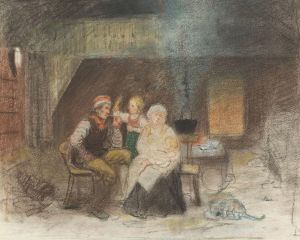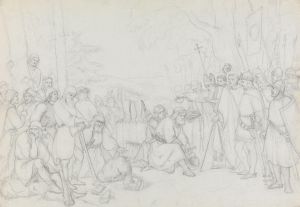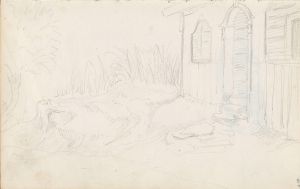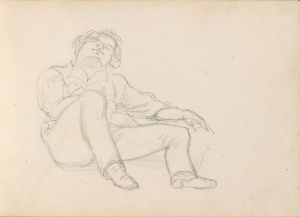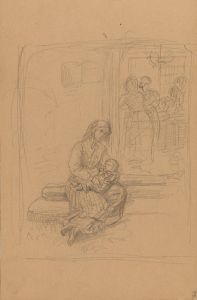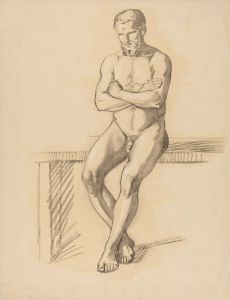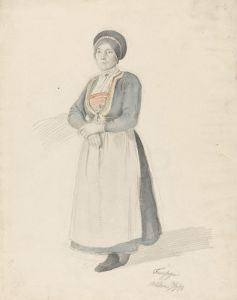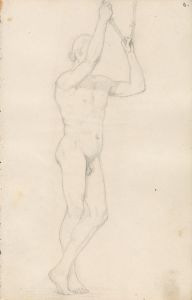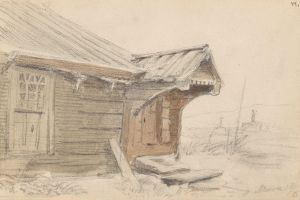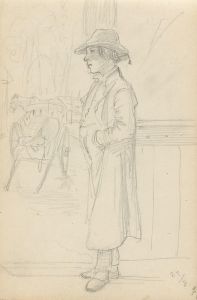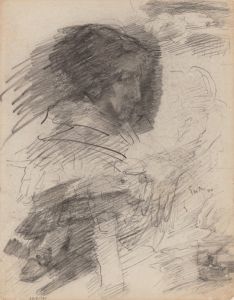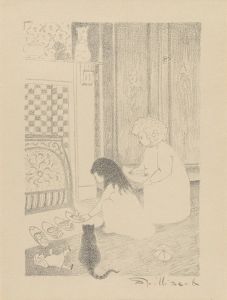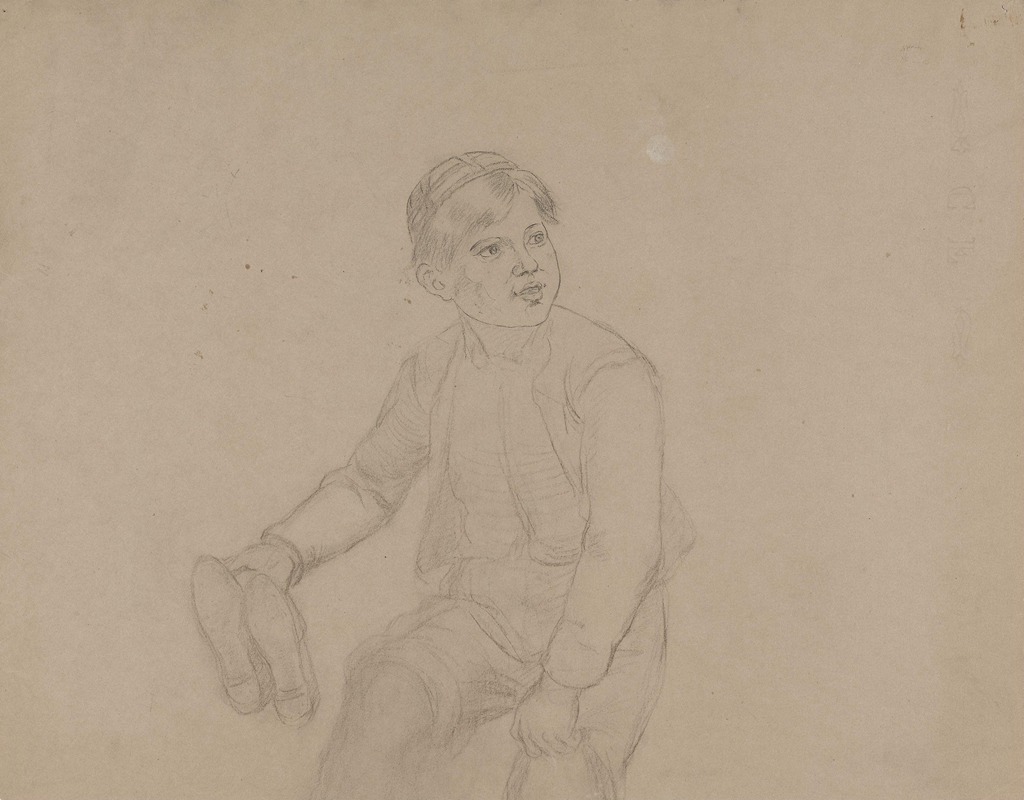
Gutt med sko i hendene
A hand-painted replica of Adolph Tidemand’s masterpiece Gutt med sko i hendene, meticulously crafted by professional artists to capture the true essence of the original. Each piece is created with museum-quality canvas and rare mineral pigments, carefully painted by experienced artists with delicate brushstrokes and rich, layered colors to perfectly recreate the texture of the original artwork. Unlike machine-printed reproductions, this hand-painted version brings the painting to life, infused with the artist’s emotions and skill in every stroke. Whether for personal collection or home decoration, it instantly elevates the artistic atmosphere of any space.
Adolph Tidemand was a prominent Norwegian painter in the 19th century, known for his detailed and realistic depictions of Norwegian folk life and traditions. One of his works, "Gutt med sko i hendene" (translated to "Boy with Shoes in His Hands"), exemplifies his focus on everyday life and the cultural nuances of Norway during his time.
Adolph Tidemand was born on August 14, 1814, in Mandal, Norway. He studied art in Copenhagen and later in Düsseldorf, which was a major center for art and culture during the 19th century. Tidemand became a central figure in the Düsseldorf school of painting, which was known for its detailed and realistic style. His works often depicted Norwegian peasant life, capturing the essence of rural Norway with a focus on authenticity and cultural identity.
"Gutt med sko i hendene" is a painting that reflects Tidemand's interest in the daily lives of ordinary people. Although specific details about the painting's creation, such as the exact date it was painted, are not widely documented, it is consistent with Tidemand's broader body of work that often explored themes of childhood, innocence, and the simplicity of rural life. The painting portrays a young boy holding a pair of shoes, an image that might suggest themes of growth, responsibility, or the transition from childhood to adulthood.
Tidemand's work is characterized by its attention to detail and the ability to convey emotion and narrative through simple yet powerful imagery. His paintings often include elements of Norwegian landscapes, traditional costumes, and domestic interiors, providing a window into the cultural and social environment of 19th-century Norway. This focus on national identity and cultural heritage was particularly significant during a time when Norway was seeking to establish its own identity separate from Denmark and Sweden.
The impact of Tidemand's work extends beyond his artistic contributions; he played a crucial role in the development of Norwegian national romanticism in art. His paintings, including "Gutt med sko i hendene," are celebrated for their role in preserving and promoting Norwegian culture and traditions. Tidemand's ability to capture the spirit of the Norwegian people and landscape has made his work an enduring part of Norway's cultural heritage.
Adolph Tidemand passed away on August 25, 1876, but his legacy continues through his art, which remains influential in both Norwegian culture and the broader history of European art. His works are housed in various museums and collections, including the National Gallery in Oslo, where they continue to be appreciated by audiences for their historical significance and artistic merit.
In summary, "Gutt med sko i hendene" by Adolph Tidemand is a testament to the artist's dedication to depicting the everyday lives and cultural identity of the Norwegian people. Through his detailed and emotive style, Tidemand has left a lasting impact on the art world, capturing the essence of a nation and its people during a pivotal time in history.






